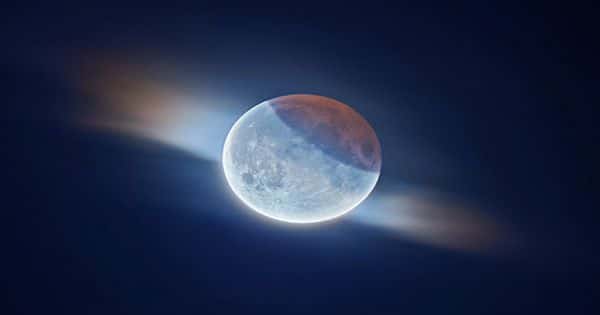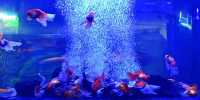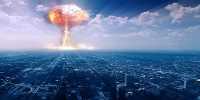NASA is spoiling us with this brilliant view of the moon casting its shadow on the South Pole throughout the two moons, which is the equivalent of two months on Earth. The video was made possible by observations conducted by NASA’s lunar reconnaissance orbiter (LRO), which has been studying the moon for more than 11 years. “The dance of sunlight and shadow flowing over the surface reveals areas that are almost constant sun in permanent darkness, and others where the balance of light and darkness fluctuates over time,” says the voice-over as the crated surface rhythmically bathes in sunlight.
The data from the LRO not only lead to these beautiful displays of lunar changes, they have become the subject of many discoveries about the moon, like abundant water across our satellites. However, the lunar South Pole is particularly interesting as a possible future location for human scientific bases. Thus, by studying the change in the amount of sunlight received in a particular region, planetary scientists can estimate the surface and surface temperatures as well as the amount of volatiles (including water) found in the region.
So begins NASA’s explanation of a stunning video released on June 1, which shows that a monster moon quickly reached a dozen or so humans just as fast, Tanti Chandra Arab then began to sink from Astana, looking all over the earth as if falling from the sky. Why might you ask, is NASA getting so excited about a sci-fi movie clip, or is some internet magic created with a dash edited by skulduggery? Spoiler: They don’t
Daniel López, a photographer from the Canary Islands, made the scene on the morning of May 30 from a perch near Mount Ted volcano in Tenerife, capturing the landscape of the other world as the sun rose and the moon sank.
(The first of its kind for the month of May, this particular full moon is traditionally known as the flower moon, corn planting moon or milk moon by traditionally different cultures in case you are excited.) As a result the video is real and unchanged. And it’s a great illustration of how science can operate on us.
















